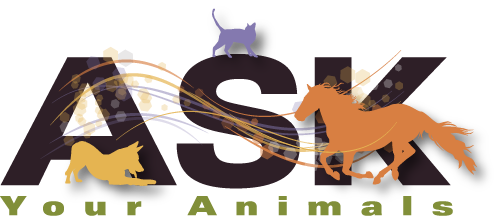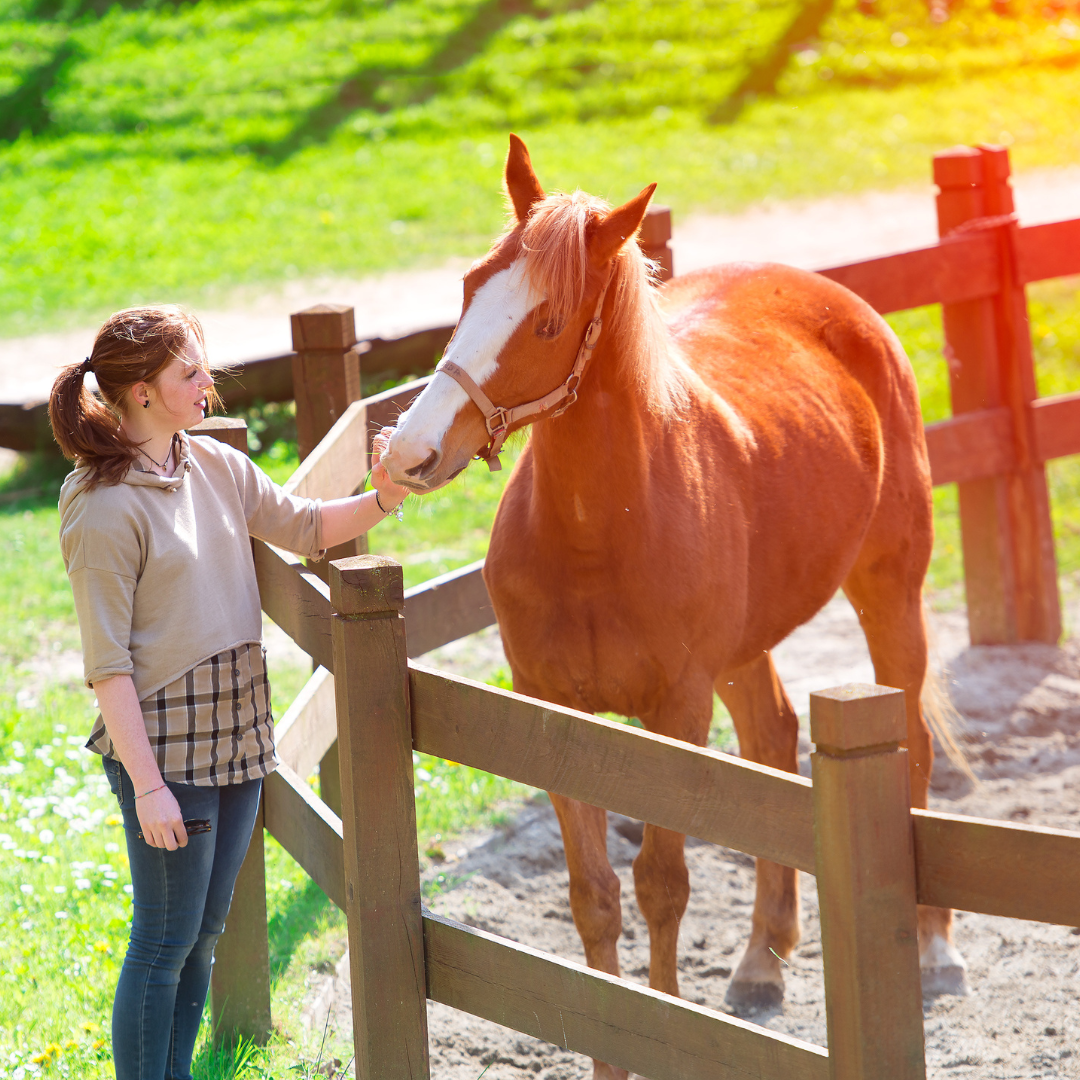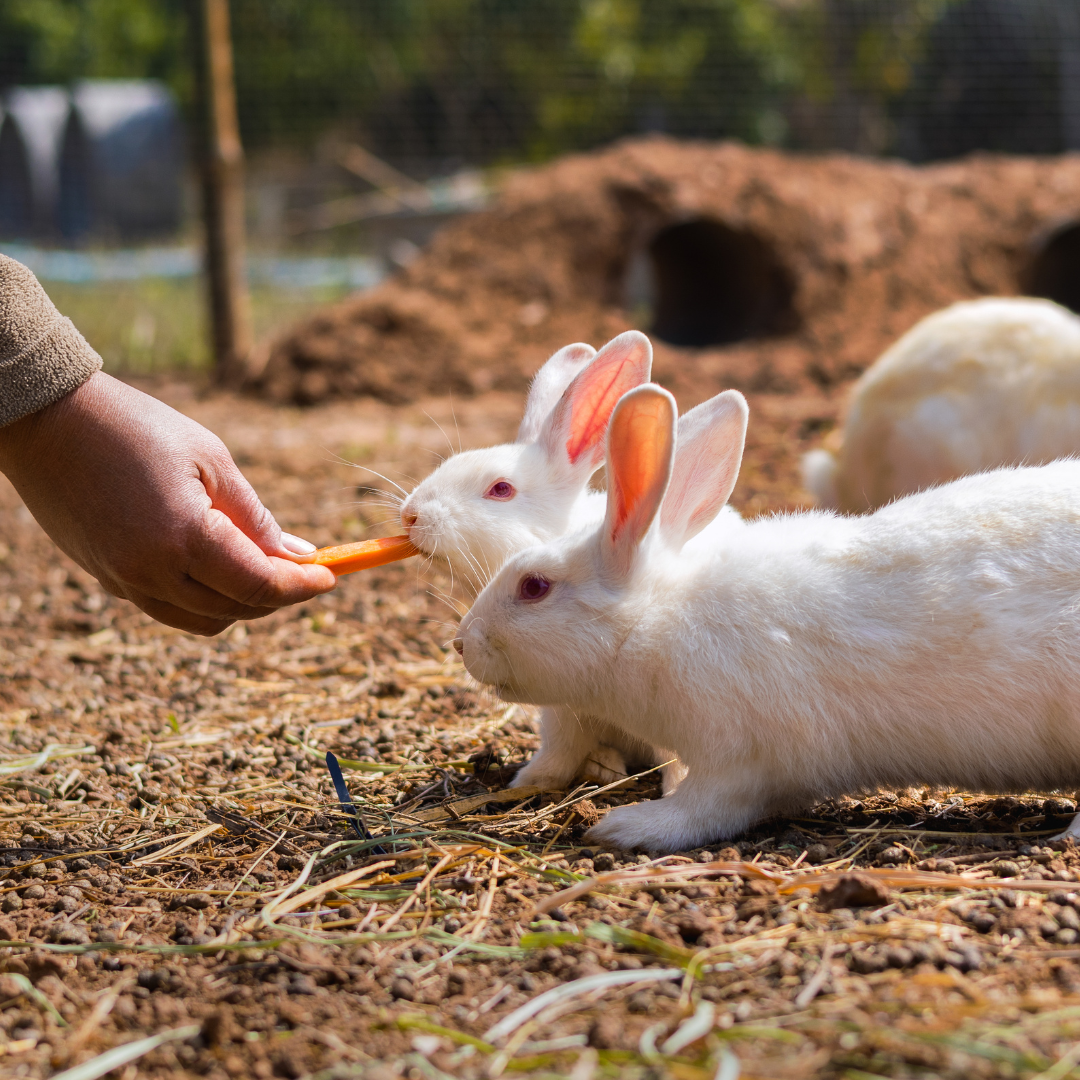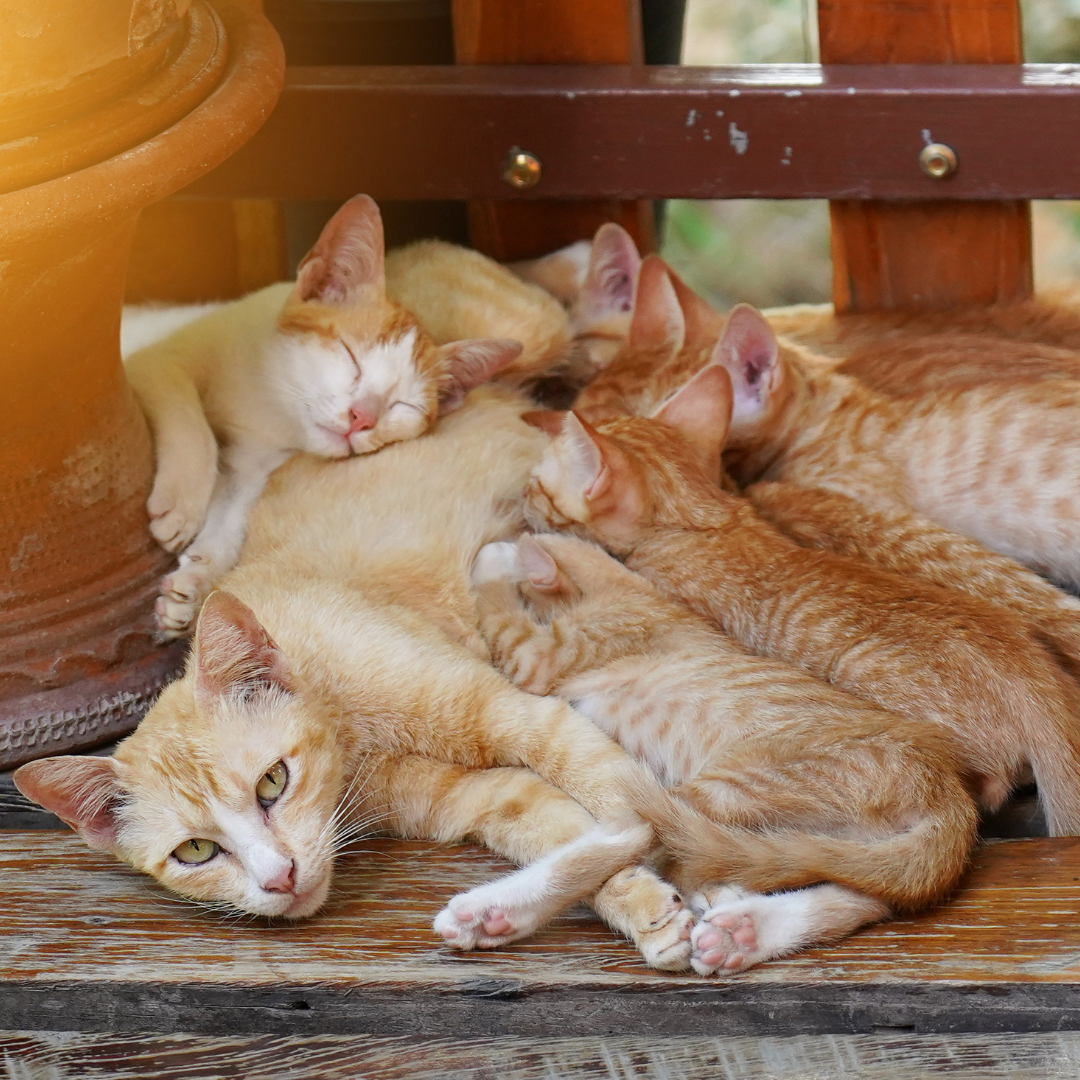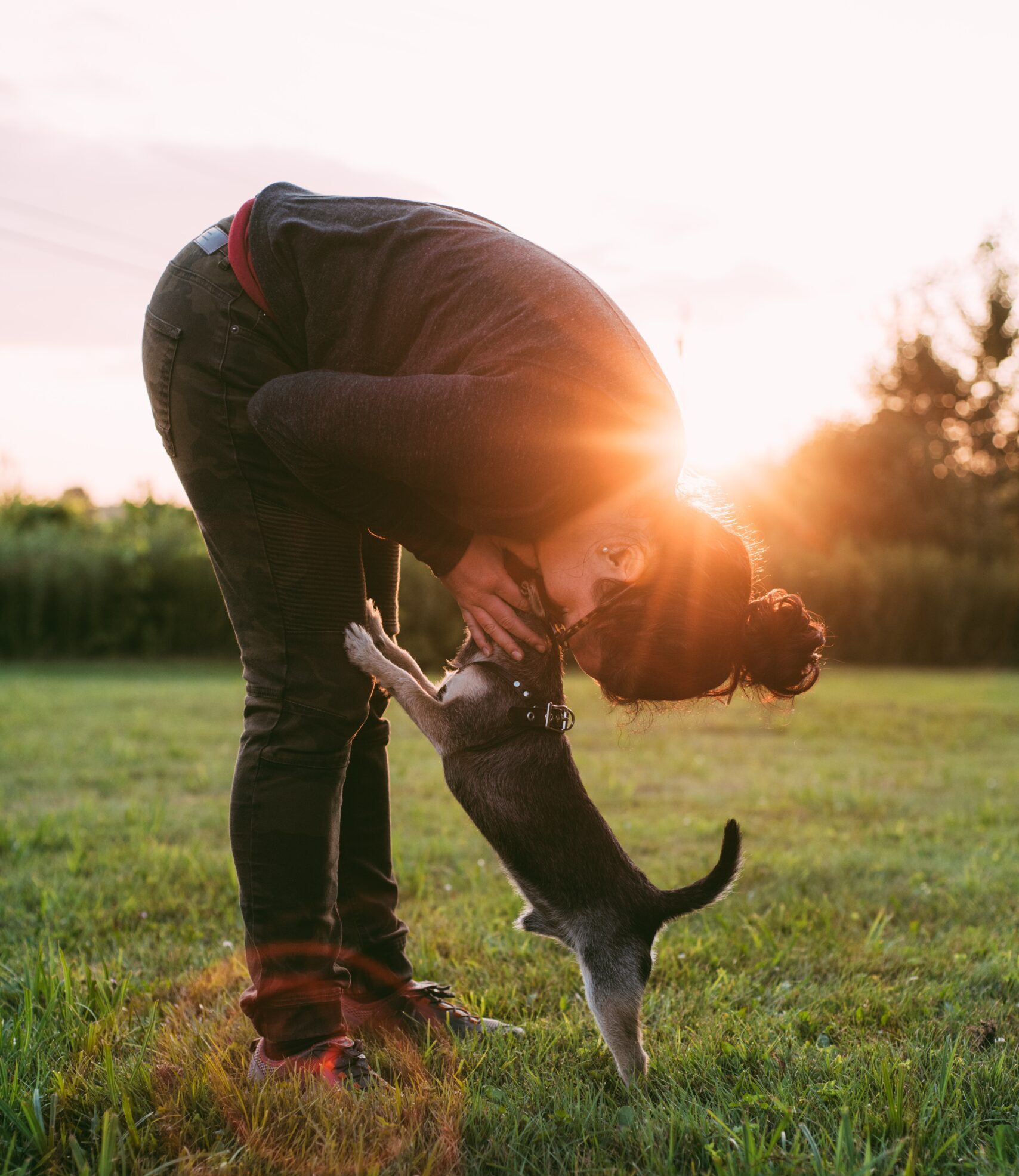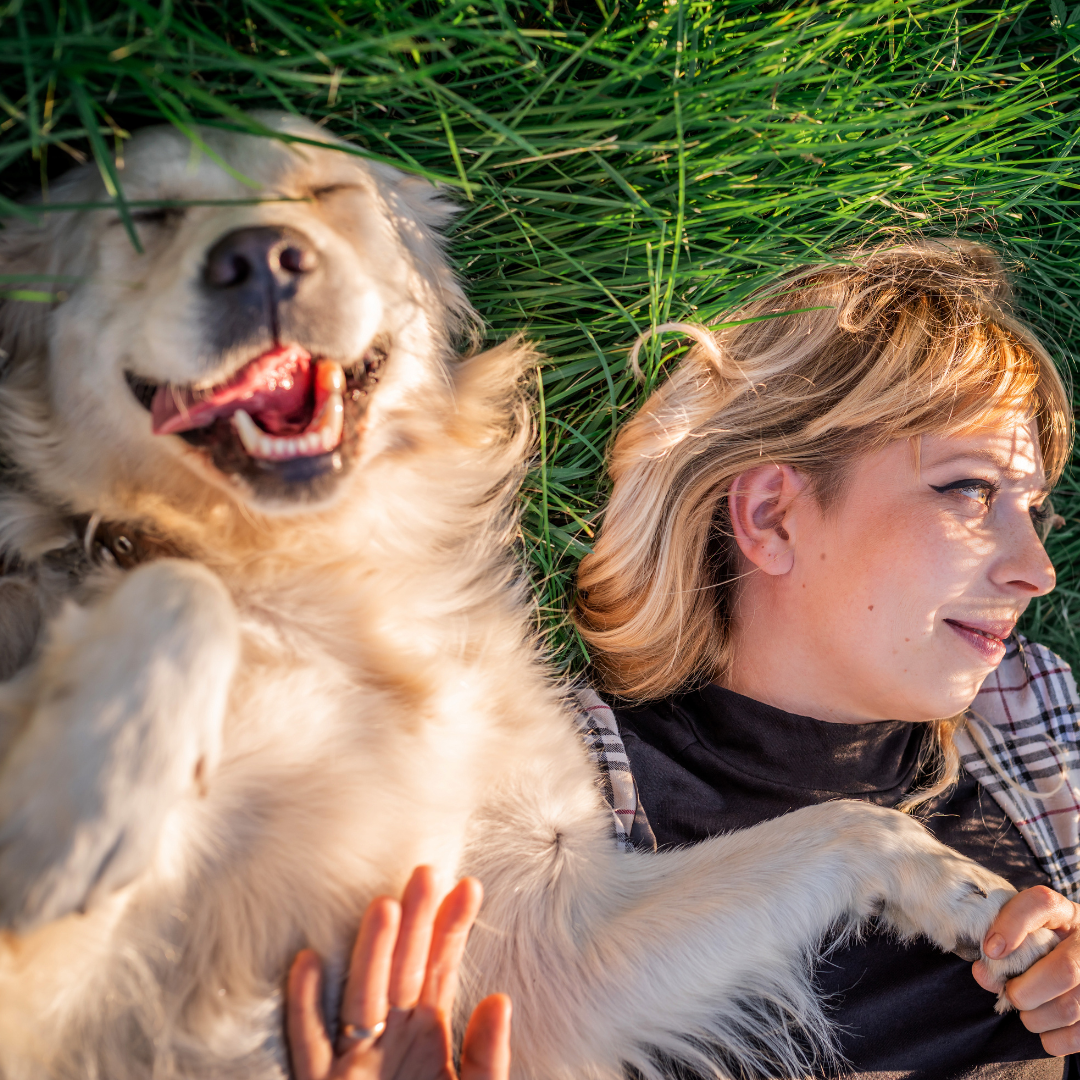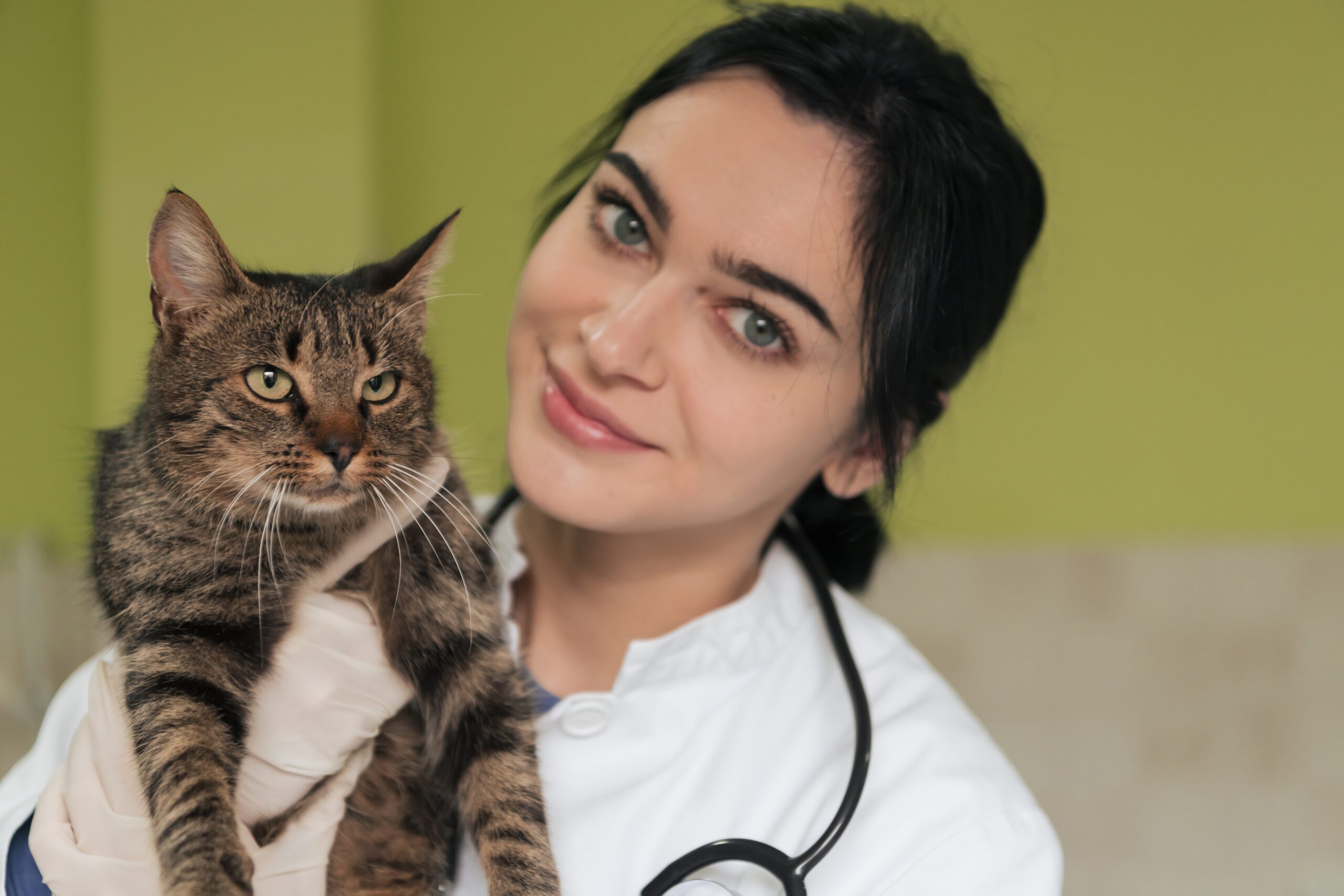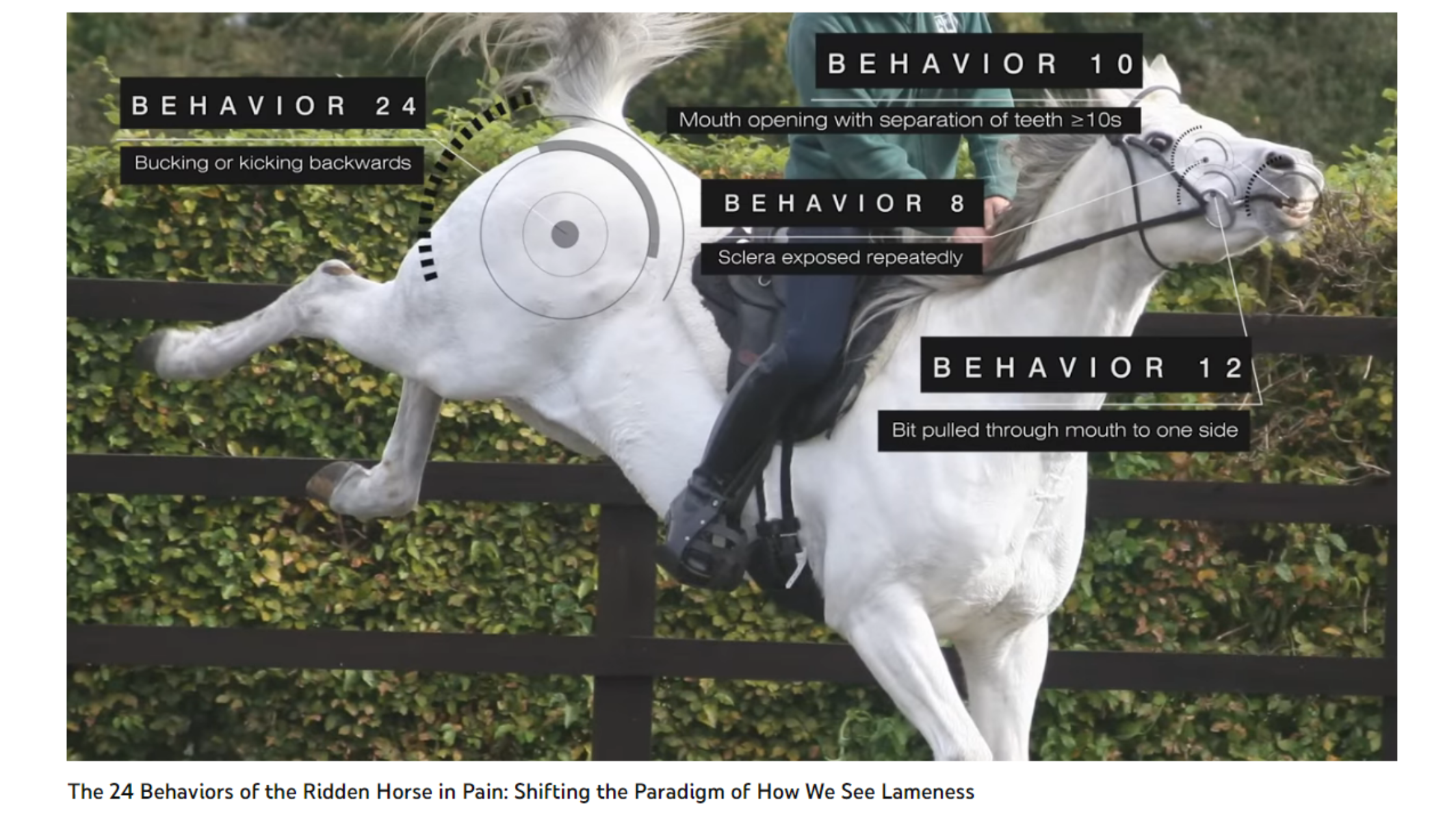Have you ever been on Google searching for something and you start to type your inquiry only to have Google pretty much complete your thought for you? Pretty scary, huh? Today’s technology can feel a bit eerie, and yet, it’s often unerring. One of the most popular phrases it autocompletes is “near me”, especially when a professional service is being sought. In many instances, this is very helpful since we would typically need someone “near me” if we are seeking a professional such as a plumber, hair stylist, or veterinarian. However, when it comes to partnering with a Professional Animal Communicator, pet people need not seek one located in their neighborhood. There are many choices these days.
Finding a Pet Communicator
If you find yourself in need of a pet communicator to help lend insight into a health or behavior problem with your pet, you don’t need to search “pet psychic near me” or “animal communicator in Maryland”. It would be better to use terms relevant to the problem you are experiencing, with search phrases such as “animal communicator to help with lameness in my horse”, “pet communicator to help with training problems with my dog”, “animal communicator to help my new rescue kitten”, or “pet medical intuitive to help my rabbit”. Technically, these are called long-tailed keywords so Google looks at each of the keywords to help give you better answers. If you were to use all of the search phrases listed above, each one would lead you to a varied list of professionals, each with their own specialty or expertise.
As your search results appear, you will be able to read an excerpt about the webpage results and determine what links you want to click on. When you land on a website, you can then start to look at whether or not you see yourself working with that professional, based on the information they provide.
Location is Not a Factor for All Pet Communicators
When you get to a website, let’s say for a pet communicator, and you see that they are not located in your town or even state, don’t fret! When it comes to animal communication I have found that time zone and distance do not seem to matter. I have worked with cats in Abu Dhabi, elephants in Africa, dogs in the Philippines, horses in the UK, and groundhogs in the USA.
The one limiting factor I’ve found is that the human client and I need to have a common language and that for me, is English. When I communicate with animals, I am also using a common language but not that of spoken English. The animals and I transfer thoughts, feelings, and ideas between us telepathically in the form of mental images, emotions, and physical sensations. This type of “data in energy form” does not seem to be restricted by distance or language. Perhaps it is similar to the way radio stations or TV channels can broadcast across great distances.
Pet Communication Via Phone
Not all pet communications or pet psychics work the same way. Some people prefer to be at the site in person with the animal while communicating. Others request that their clients submit a list of questions that will be answered via email. Most will do a consultation over the phone with the client and that is how I prefer to work.
I have done many consultations in person with my clients and at busy pet fairs but these loud and high-energy environments are not always the best for this type of work. When I am communicating with an animal, I prefer to sit quietly with my eyes closed. I enter a state of deep mental quiet where I begin to receive mental images from the animal. For me, it is like watching a video download in my mind’s eye. Along with the imagery, I receive emotions and physical sensations that I feel in my own body. When I sit in a quiet environment I can perceive these sensations in all of their small nuances. I prefer to be connected with the pet guardian by phone so that I can share a real-time verbal conversation with them as I send and receive thoughts with their pet. In this way, it is like sharing a 3-way conversation or working with a language translator. The person can have a conversation with their pet in a way that would not be possible by email with a pet communicator.
Pet Communication Works Globally
I have worked with clients all over the world and their feedback tells me that it works with only the potential inconvenience of our different time zones. So when searching for a pet communicator or pet psychic, ask your friends for referrals. Social media has really expanded our social circle so don’t be afraid to inquire there. You no longer need to search only “near me”. The right match might be in your own neighborhood or across the globe but your pet won’t care either way. Make the call, open the conversation, and delve into new levels of relationship with the animals you love.
